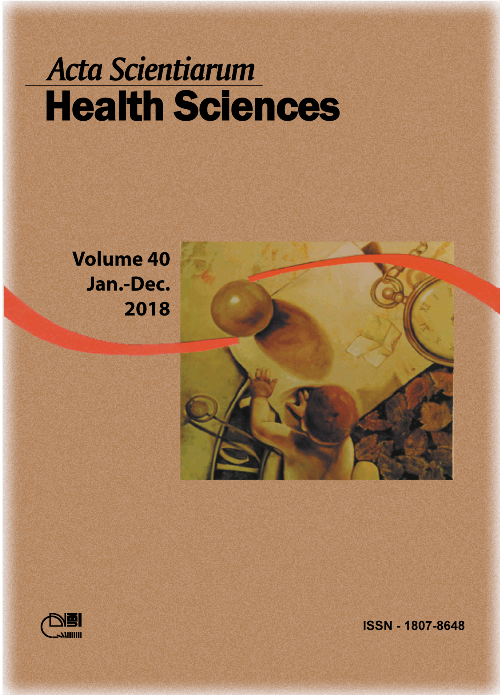<b>Profile of the Population with Disabilities in the Metropolitan Area of Maringá
Résumé
An individual is considered disabled when he or she has permanent structural or functional abnormalities that prevent him or her from performing daily activities. There are around 1 billion people worldwide (about 15% of the population) with some type of disability or incapacity. About 80% of these people live in developing nations. This study aimed to identify and describe the profile of the disabled population in the Metropolitan Area of Maringá (MAM), Paraná, considering its socio-spatial structure, which was defined by the Metropolis Observatory, Maringá Center. The elaboration of the profile counted with data collected from the 2010 Census sample, provided by the Brazilian Institute of Geography and Statistics, and processed through the SAS software (2016). The study of the MAM in its general configuration reveals that its indicators are lower than national ones. The same indicators, when calculated considering its socio-spatial divisions, suggest a major imbalance in the prevalence of visual, hearing, motor or mental/intellectual disabilities. The research found the highest percentage of people with disabilities among the working class, working poor and farm workers. In contrast, the upper middle class showed the lowest indicators.
Téléchargements
DECLARAÇÃO DE ORIGINALIDADE E DIREITOS AUTORAIS
Declaro que o presente artigo é original, não tendo sido submetido à publicação em qualquer outro periódico nacional ou internacional, quer seja em parte ou em sua totalidade.
Os direitos autorais pertencem exclusivamente aos autores. Os direitos de licenciamento utilizados pelo periódico é a licença Creative Commons Attribution 4.0 (CC BY 4.0): são permitidos o acompartilhamento (cópia e distribuição do material em qualqer meio ou formato) e adaptação (remix, transformação e criação de material a partir do conteúdo assim licenciado para quaisquer fins, inclusive comerciais.
Recomenda-se a leitura desse link para maiores informações sobre o tema: fornecimento de créditos e referências de forma correta, entre outros detalhes cruciais para uso adequado do material licenciado.























5.png)







